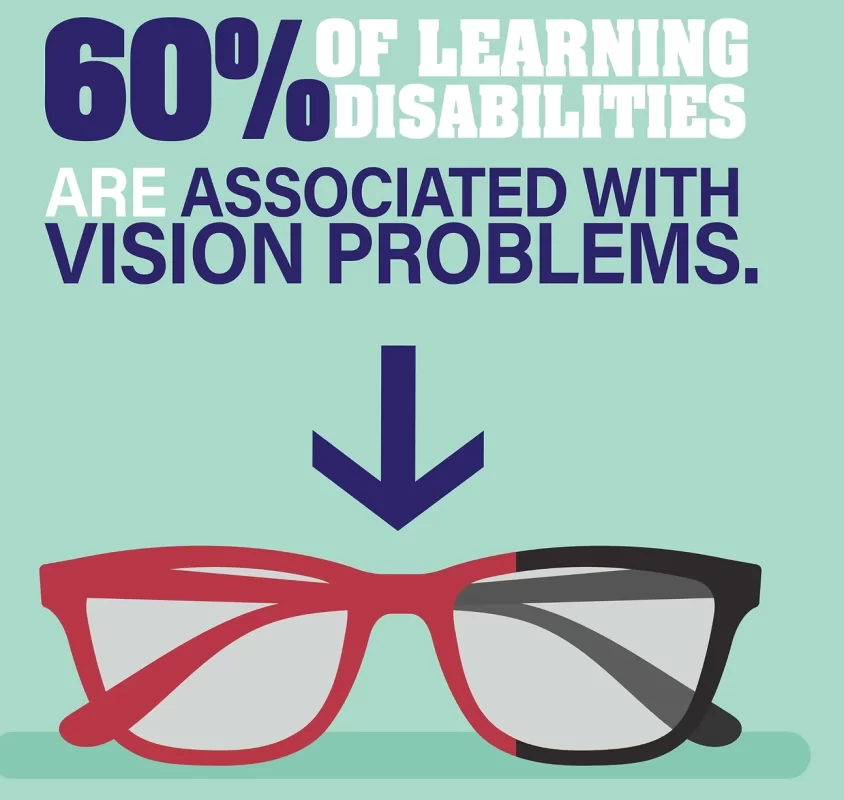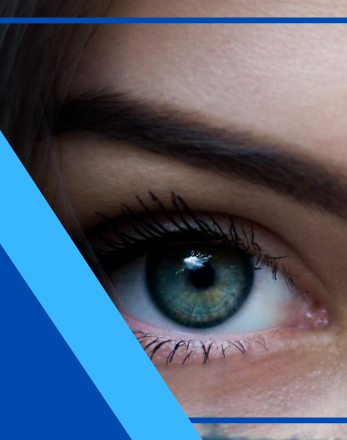
A pilot study on Effects of Eye Yogic Exercises & alternative Therapies on Eyesight Improvement By Preksha Eye Yoga
A descriptive comparative study was conducted at the Preksha Eye Yoga Centre for Vision Improvement. A total of 95 subjects who have refractive errors were included in this study. The inclusion criteria in the study group were person who have any one of the three refractive errors - Myopia, Hyperopia and Astigmatism. Person with presbyopia were not included. The subjects with a cutoff point of VA of 6/12 or more. The methodology of both the assessment and the therapy was explained to the subjects. The consent form was provided, and informed consent was obtained from all of them. A detailed history and eye examination for visual acuity of the subjects were performed and recorded. The subjects underwent the Centre for Vision improvement programmer for one to two months. The clinical eye examination was conducted after the program and comparison was made between the pre and post vision therapy program.
Results in Different age group
A total of 95 subjects examined with average direct vision value (DV) of both eye (BE) was 0.16 (2/12 Visual acuity) and recorded as pre-test average direct vision of both eye. After apply the regular eye yoga therapy treatment program. We observed the average improvement among subjects after 7 days (1 week) 0.22 (2/9 VA), after 3 week 0.25 (3/12 VA) and after 6 weeks to 0.44 (4/9 VA).
Effects of Eye Yogic Exercise & Alternative Medicine Therapies in Cystoid Macular Edema Patient
Abstract
A 37 year old patient having gradual decrease in vision in left eye over six weeks with best corrected VA of 6/36 and 6/6 With and without pinhole glasses in left and right eye respectively. his peripheral vision was normal. edema and elevation of the macular area is seen on dilated fundus examination. OCT examination shows retinal elevation with multiple cystic spaces within the retinal layer. Flower petals appearance was clearly demonstrated under OCT with the average central foveal thickness measuring 295μm & 380.9μm, left and right eye, (see Figure 1) respectively, and his visual acuity was recorded 6/6 and 6/36 respectively (See figure 1). His right eye remain normal. A clinical diagnosis of CME on left eye was made. There is no history of other systemic illness. He was advised topical corticosteroids and non-steroidal anti-inflammatory, eye drops, and was suggested for left eye Intravitreal Ozurdex Implant. on his follow up after six weeks there were no significant improvement in his vision, and his average macular thickness worsen. (see Figure 2) then he was advised for alternative therapies. Later a dilated ocular examination was performed and started alternative therapies which includes, Eye yoga Exercise, Yoga, Shatkarma, Moxibustion and antioxidant diet rich in Vitamin A,C & E.
Pre-Post Result
The subject was suffering from low (decreased) visual acuity and blurred vision in his left eye. his best visual acuity 6/36 with and without pinhole glasses (LE). Then he started practicing Preksha eye yoga treatment. After continuous practice for 4 weeks his vision shows Improvement in visual acuity and decrease in macular thickness measuring 295μm and 380.9μm. At a review of his progress 3 weeks later, the patient reported a significant improvement in vision. His best corrected Systemically, the patient did not develop any new symptoms as a result of stopping exercises.


Smartphones are making children squint
Excessive usage of mobile phones in children has been resulting in squint and double vision. Doctors from the Advanced Eye Centre at PGI conducted the study and the research paper was published in an international journal of Neuro-ophthalmology.
It's an eye opener for all of us. At present, the department is probing into the ill-effects of smart phones on human eye. Till we gain better insights into the root cause of these defects, we should make sure that children refrain from using mobile phones excessively.
In this era of Social Media, Laptops, TVs, and viral memes, most things have become easier. Digital technologies have transformed our lives. But, something that has suffered a lot in this process is our eyes. Staring at a screen for an extended period strains our eyes. When we watch, work, or gaze at screens, we almost forget to blink. Our eyes get tired. In the long run, it distorts and destroys our vision and eyesight. Digital usage and interaction are increasing day by day. Therefore, we need strong, fit, and healthy eyes with a perfect 20/20 vision.
How Diabetes making you Blind?
Over time, high blood sugar levels from diabetes lead to damage of the retina, the layer on the back of the eye that captures images and sends them as nerve signals to the brain. Whether diabetic retinopathy develops depends in part on how high blood sugar levels have been and how long they have been above a target range. Other things that may increase your risk for diabetic retinopathy include high blood pressure, pregnancy, a family history of the condition, kidney disease, high cholesterol, and whether you smoke. Man who lost his sight to diabetic retinopathy, now helps others - I was diagnosed with type 1 diabetes when I was 9 years old -- 42 years ago and back then we didn’t have many tools to manage the disease. It was basically "take your one shot of insulin per day and hope for the best." And that was pretty much how I managed diabetes.


Stress may lead to Vision Loss and worsen Eye condition
Persistent stress may lead to vision loss, study shows - A new analysis of clinical reports and existing research suggests that "stress is both consequence and cause of vision loss." The findings indicate that clinicians should refrain from adding any unnecessary stress to their patients, and that reducing stress may help to restore vision. Stress causes and worsens eye conditions After analyzing hundreds of studies and clinical trials, Prof. Sabel and his colleagues conclude that stress is not only a consequence of vision loss, but that it may also aggravate eye conditions. As he explains, "There is clear evidence of a psychosomatic component to vision loss, as stress is an important cause — not just a consequence — of progressive vision loss resulting from diseases such as glaucoma, optic neuropathy, diabetic retinopathy and age-related macular degeneration.
Asian cities are suffering from myopia
Massive rise in Asian eye damage Up to 90% of school leavers in major Asian cities are suffering from myopia - short-sightedness - a study suggests. Researchers say the "extraordinary rise" in the problem is being caused by students working very hard in school and missing out on outdoor light.


60 million people are suffering from Computer Vision Syndrome! Are you on the list?
Computer Vision Syndrome, also called digital eye strain does not just affect our eyesight but also compromises on our productivity. Almost of all us spend more than half of our day while looking at our laptop and phone screens, leading to computer vision syndrome.
Exposure to blue light from computer can accelerate ageing
This study, published in the journal- Aging and Mechanisms of Disease, suggests that the blue wavelengths produced by light-emitting diodes damage cells in the brain as well as retinas.

Disclaimer: The information contained on the Research page of Preksha eye yoga, is provided for general and educational purposes only and must never be considered a substitute for medical advice. If users of www.prekshaeyeyoga.com/ having any medical issues or serious health issues, we request them to get advice from a qualified medical professional, before joining. (we also have on our portal). All viewers of this content, especially those taking prescription medicines, are advised to consult their doctors or qualified health professionals before joining any nutrition, Exercise or lifestyle programme. Preksha Eye Yoga does not take responsibility for possible health consequences for any person.


